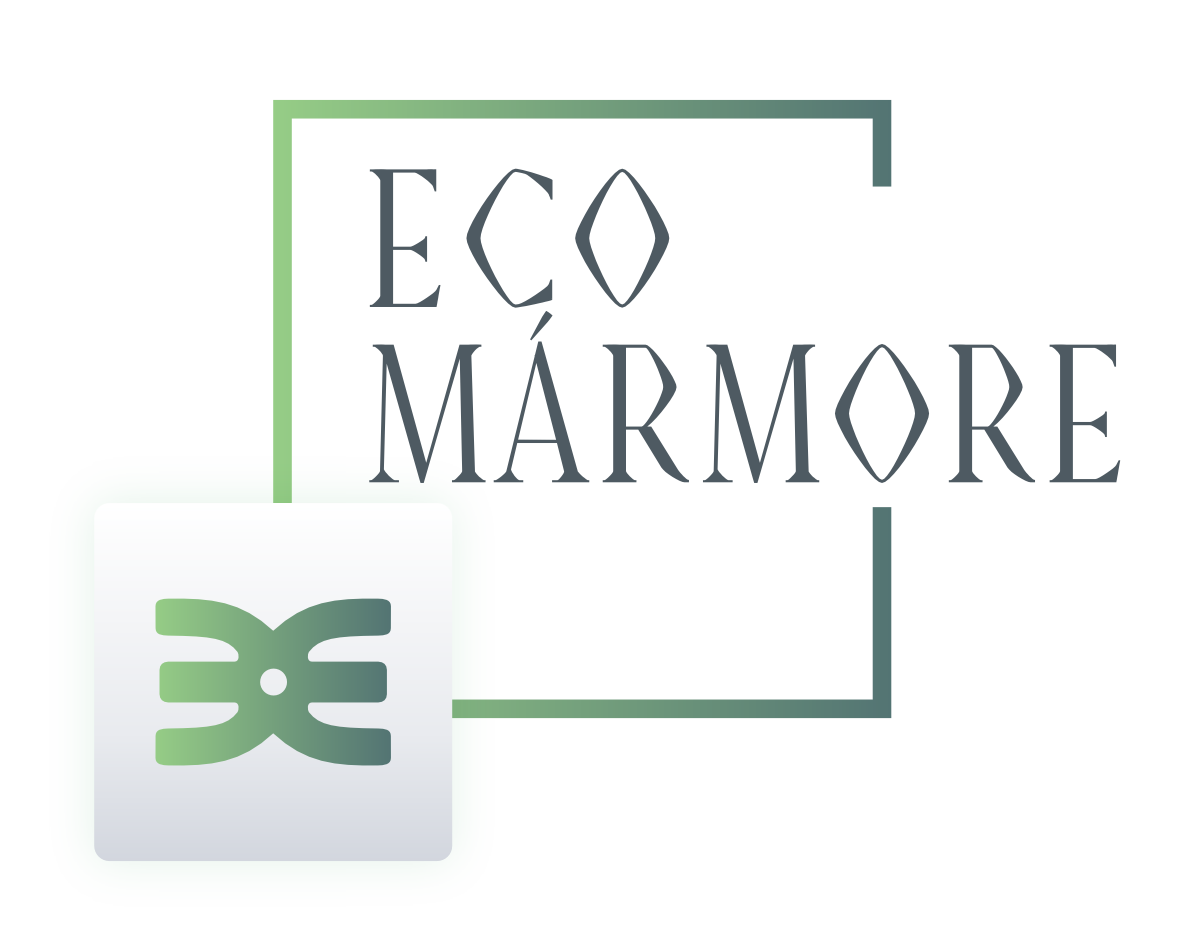Travertine originates from the city of Tivoli, Italy, one of the first regions to invest in the extraction of this marble. The name “Travertine” comes from its Latin denomination, “lapis tiburtino,” meaning “Stone of Tibur,” the ancient name of the city of Tivoli.
In nature, this limestone forms in soils where there is running water over rocks, specifically in places with waterfalls and cascades.
In Brazil, the state with the highest production of this marble is Bahia, as the region presents a great climatic and geological diversity.
The Bege Bahia Marble, named after its origin in Bahia, was once also called Marta Rocha Marble and is now known by many as National Travertine. Additionally, it is dubbed outside Brazil as Brazilian Travertine.
Timeless, classic, and of rare beauty, our National Travertine or Bege Bahia is a highlight in civil construction and has its market already widely consolidated.
The use of Bege Bahia Marble in a project can be very extensive. This rock can be used as flooring, wall cladding, tabletops, countertops, and according to the creativity of the architect.
Wall Cladding
Wall Cladding
Currently, the wall cladding market is growing extensively, in which various innovative products are being launched, captivating builders, architects, and designers.
Covering, protecting, or decorating is what Bege Bahia Marble cladding does. It can be used on walls in internal or external areas, in residential or commercial projects. Matt finish claddings are the most sought after; these are the raw, smoothed, brushed, or even the bush-hammered finishes, with a matte and rustic tone.
This variety of finishes, combined with a range of products, offers us an array of wall cladding options, suiting various environments and giving personality and elegance to your project.
Bege Bahia Splinter, Bege Bahia Brick, 3D Cladding, Anticato, Custom-cut Claddings, Large, small, in Mosaics, Panels, are some of the options that can be used and highlight your construction or renovation.
Sophistication and Durability of Bege Bahia
Bege Bahia Marble cladding is highly recommended due to its durability and resistance, besides its distinct beauty. The rock adds depth to the space due to the way natural light reflects on its surface. Environments utilizing Bege Bahia result in a more valued space, through the sophistication exerted by the marble.
Naturalness with Sophistication
Natural beauty, coupled with sophistication, is the greatest attribute of Bege Bahia Marble, thus valuing the environment in which it is applied as cladding.
Walls are an integral part of the decoration. And often, with their help alone, you can decorate and change the entire environment. But if you want to deviate a bit from traditional painting, there are now various wall cladding options on the market to delight all tastes. Synonymous with sophistication and good taste, marble is a true hit in decoration. Present in projects with various styles, the stone can assume different uses, and with creativity, the cladding appears imposing and yields creative compositions for various environments within the home – or apartments, of course. Thus, if you choose a key wall in any environment and want to highlight that place, apply Marble as cladding and give even more emphasis by creating an appropriate lighting project. Lighting further enhances the application of Bege Bahia. Choose the environment, the type of cladding you wish to apply, combine it with directed lighting, and have your personalized environment.


